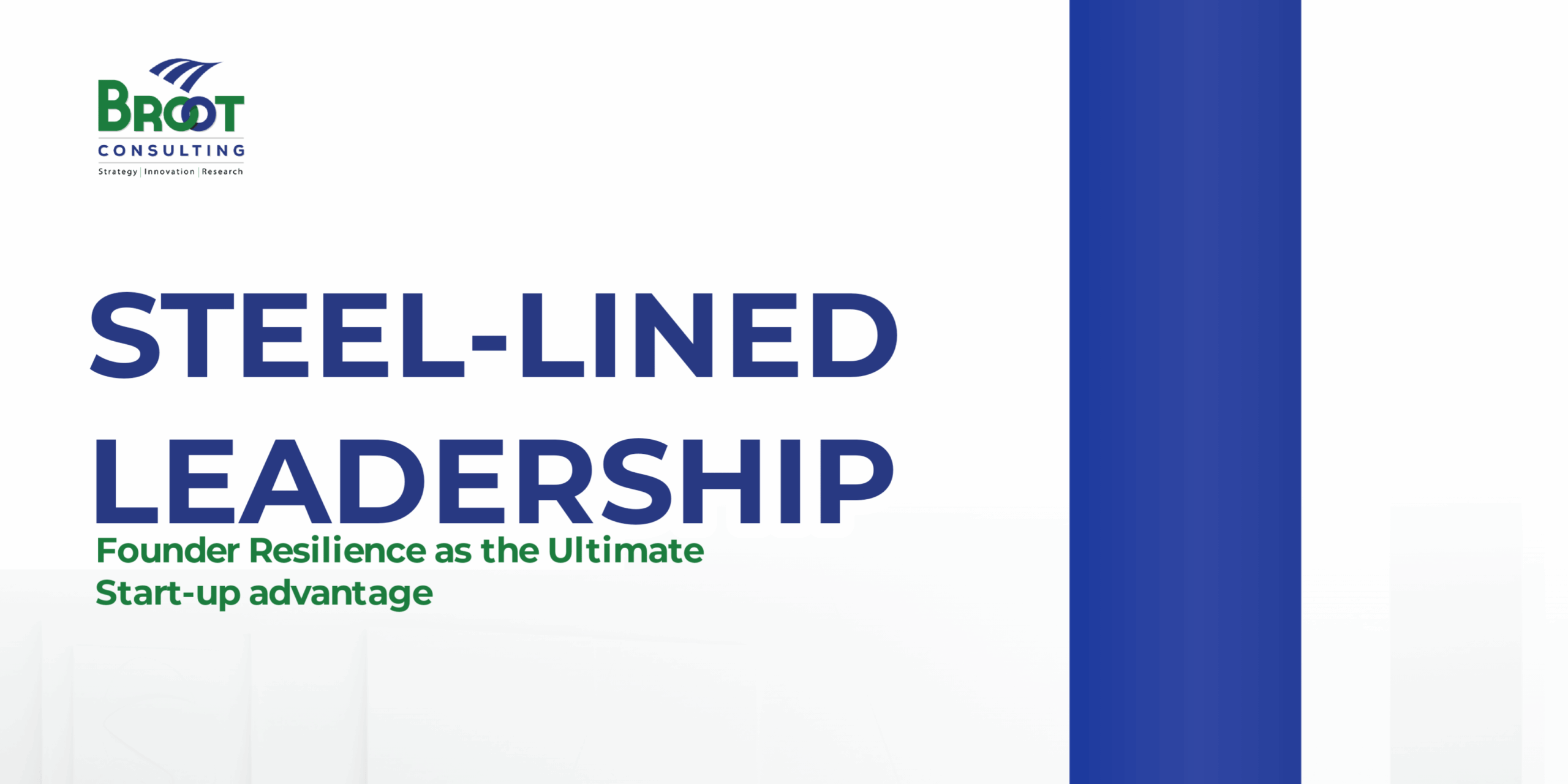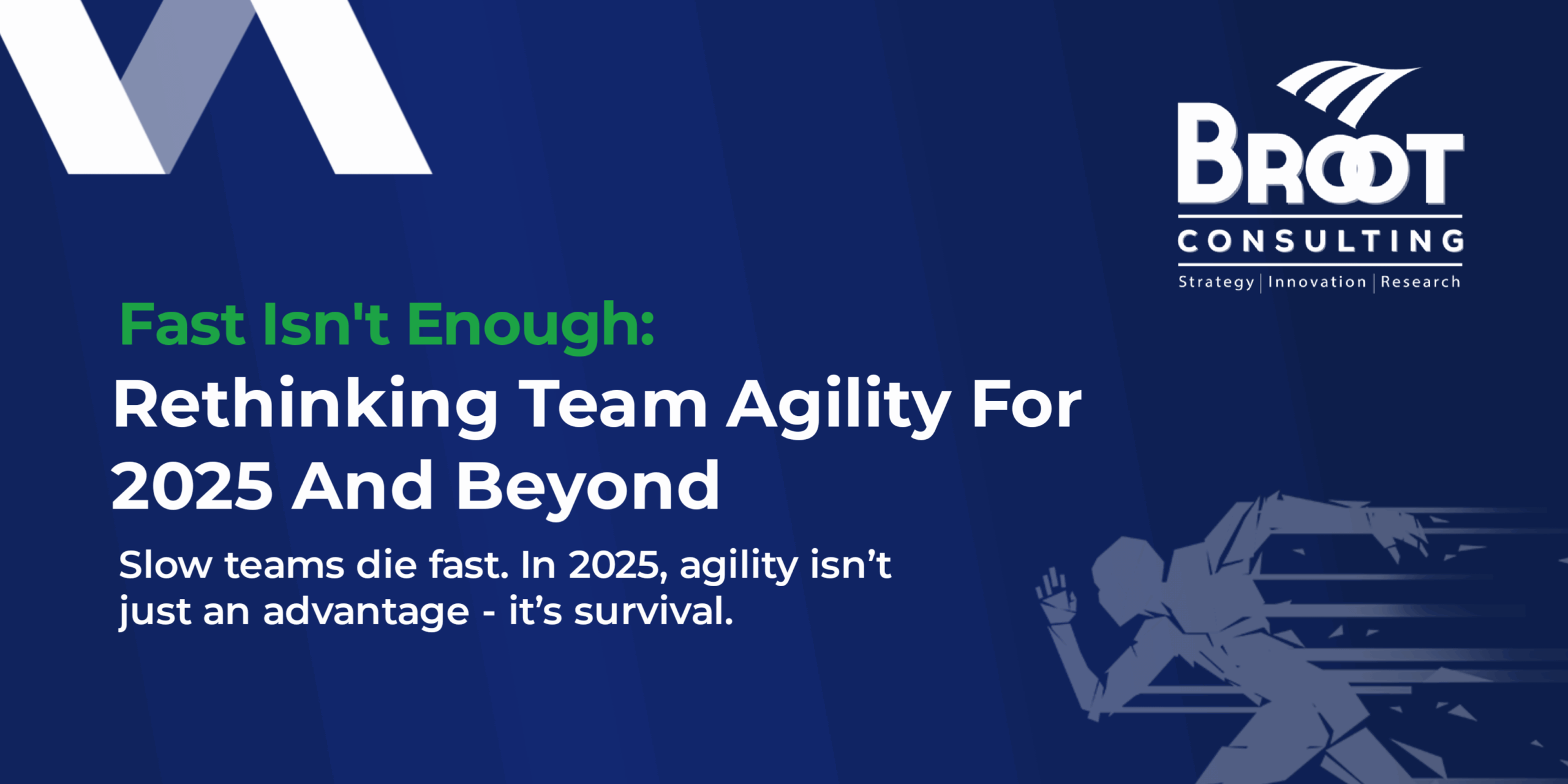Introduction
Let us say it as it is, it is hard to keep at innovation, but you can’t also live without it. The business environment is very complex and when you operate in a developing economy like Nigeria, the challenges can be very daunting. You are at the mercy of crony capitalism, inadequate infrastructure, poor regulatory oversight, perennial corruption, practices that encourage shortcuts and stifle authenticity. While some businesses may be benefiting from the ills of the dysfunctional system, however, they get complacent and have little incentive to innovate thus the advantage they hold is only on the short run. Businesses that aspire to be great must embrace a culture of innovation. The winning organisations in times like this will be those whose value places people at the centre of their mission. They will be companies that uses empathy to create value that help users to get their jobs done and relieve them of their pains. For this to happen, such organisations must be on top of innovation. They must not approach innovation with complexities (as something hard to achieve and only meant for the genius), trepidations (fear of failing and not knowing how to start) and complacencies (blinded by the arrogance of achievements or situational positioning).
In the past week, I had two interesting client engagement meetings. One was with a client in the FMCG sector who was concerned about growth and how to differentiate in view of the ultra-saturation and homogeneity of products in the sector. The second was a large commercial bank, who wants the bank to be more innovative and concerned about how best to achieve culture transformation that enables constant Innovation as obtains in some of the global companies. Looking at both situations, one thing occurred to me, innovation should not be packaged as a difficult undertaking.
In their article titled “Radical Innovation Across Nations: The Preeminence of Corporate Culture”, Gerard J. Tellis, Jaideep C. Prabhu and Rajesh K. Chandy, studied innovation among 759 companies in 17 major markets. They found that corporate culture was a much more important driver of radical innovation than labour, capital, government or national culture. So, when thinking of how to create and sustain the culture of innovation the first place to look at is your corporate culture. There are other things that can guide you:
Be Open-Minded:
Rigidity is an enemy of innovation. The first requirement for innovation is to have an open mind, to be able to challenge the status quo, to know that there cannot be meaningful growth without constant movement. Like Tim Brown of IDEO says; you need to develop a sense of inquiry and curiosity. The quickest way to remove curiosity is too “inward-facing”, without spending enough time outside of your world.
Create A Sense Of Sustainable Urgency:
The race to the moon was started and ended by Lyndon Baines Johnson. “LBJ” as he was fondly called was credited to have said that the future of America depends on being the ones who first seized ownership of space. “Control of space means control of the world,” Lyndon Johnson warned the Americans to either take the lead now or lose the leadership position for space exploration to the Russians. For innovation to thrive, you must create a sense of urgency. You need not wait to get the perfect solution. I am an incurable lover of Design Sprints because it creates a sense of urgency, it simplifies the innovation process, and it makes us know that good ideas do not need eternity to build. Design Sprint is one of the best ways to fast track solutions to complex problems in your organisation.
Create A Space Where Trust Happens:
Jim Collins once said that the problem facing most companies is not poor management but too much management. Although they are well-intentioned, more often than not, they do more harm than good. Innovation is only possible when you make a deliberate effort for trust to grow in your system. When spaces for trust are created to engage employees and build enthusiasm, it is within this atmosphere that employees are free to take reasonable risk. In his book, Making Sense of the Organisation published in 1969, Karl Weick says “If you want to learn, adapt, change, evolve, grow as an organisation then don’t ever expect to have things under control or to know fully where you’re going.” He also explains that it was okay to not know where one was going, as long as one was going somewhere. Sooner or later, you’ll find out where that somewhere is. “When your employees have the knowledge of your long-term vision and believe that you trust them enough to get you there, you will get there sooner than you expect.”
Innovation Is Everybody’s Business:
I have seen organisations make the mistake of making Innovation to be the exclusive preserve of the few in the organisation. Innovation must resonate with everyone in the organisation for it to succeed. The concept of the front office and back end dichotomy needs to be pulled down. Dichotomy creates gaps in building a cohesive organisation. The frontline staff do not just face the direct fire from customers, unfortunately, they also receive banters from the back office. Inadequate integration and inclusion of people and functions encourage needless suspicions in organisations, promotes unhealthy competition and slows down innovation.
Make it look simple:
When you make it sound complicated and an exclusive reserve of the “genius” (the creative and the gifted minds) then, you systematically exclude a chunk of people whose ideas, though simple, could lead to radical breakthroughs. Innovation programs must be inclusive if you are to harness the power of diverse perspectives and thinking in your organisation. Making innovation look simple and uncomplicated ensures that the best ideas flow unhindered. Just remember that complicated problems do not need complicated solutions. Make innovation look simple and it will have rapid diffusion in your organisation.
Engage the Third Eye:
Many people make the mistake of thinking that they can solve all their problem by themselves. You need to get insights from those who are not primarily connected with the problem you are trying to solve. You need those whose views are not biased. Isn’t it true that spectators are better players? I recall very early in my career as an accountant, my supervisor then was trying to balance the monthly trial balance (before personal computer became ubiquitous) and he was on it for days and the trial balance won’t balance just because of 26kobo. He sweated it out but no result. I approached him and asked if he will like me to take a look, mind you, that assignment is not for my level, but I was innocently trying to help. He agreed and I was thankful for the opportunity – within one hour of running through the account, I found the error. He was shocked and we both jumped up with a warm embrace and high five. The lesson was learnt – it was not because I was smarter than my boss, but because he was already fatigued looking at the same thing over and over again. You need fresh perspectives if you intend to build a culture of innovation. Those fresh perspectives could come from hiring a consultant or even a friend from an unrelated industry – it could even be from your competitors.
Ask Critical Questions:
Developing an inquisitive organisation means that you allow questioning to flow freely. Ask and allow your employees to ask and answer critical questions. How shall we surpass previous goals and achievement? How shall we create an exceptional customer and employee’s experience? How shall we guard against threats that may prevent us from achieving set goals? How shall we overcome self-confidence which is nothing but banana peels that may makes us lose focus? How shall we allow ideas to grow without hindrance? All these are critical questions that you must allow in your organisation.
Conclusion
Building and sustaining a culture of innovation can indeed be daunting. But industry leaders embrace a sustained appetite for continuous innovation to ride the tides of disruptions. The nuggets shared in this article are pertinent and unconventional, yet they are practical and have proven to work, in my experience with leading organisations.




